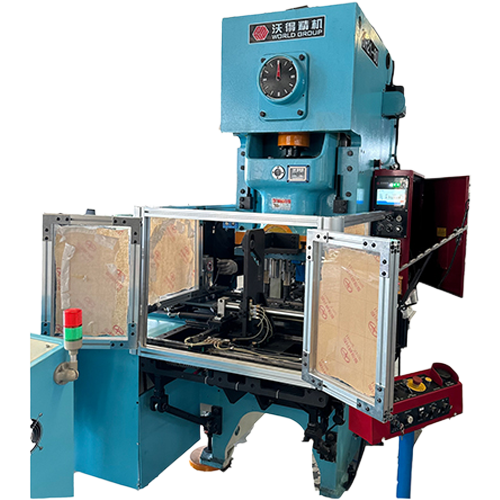Working characteristics of sealing machines

The working characteristics of the can sealing machine are as follows:
The can lid is manually pressed between the head of the sealing machine and the support plate or lifting plate, and then sealed. There are two types of edge sealing methods:
1. The tank body rotates with the indenter;
2. The tank body is fixed between the indenter and the bottom plate and cannot rotate.
The latter is more suitable for sealing juice-containing cans. Because the can body does not rotate, the liquid in the can can be prevented from splashing under the action of centrifugal force, resulting in insufficient net content; the sealed can enters the sealing chamber of the can sealer, and the air in the can is extracted through the pipe connected to the vacuum pump, and then a secondary seal is performed.
This machine has an automatic shutdown function: it automatically starts when there is a can with a lid, stops when there is a can without a lid, automatically shuts down when overloaded, and cannot start when there is insufficient vacuum. The production capacity is 50 cans per minute. Suitable for special-shaped tanks with a large diagonal of 130 mm and a tank height of 22 to 96 mm. This can sealing machine has the advantages of simple structure, convenient maintenance operation, small size and light weight.
Domestic aluminum can production began in the 1980s and has reached a manufacturing scale after more than 20 years of development. There are currently 26 canning production lines in the country, with an annual production capacity of more than 11 billion cans. In 1996, only 5 billion cans were sold in China, while in 1998, national can consumption reached 6 billion. By 2004, the total national demand for cans was about 8 billion, consuming about 180,000 tons of aluminum. However, judging from the current consumption of aluminum cans, our country's per capita consumption is only 6, which is a huge gap from the US average of 400 per capita. With economic growth and rising national consumption levels, the amount of aluminum used in can sealers will further increase.
With the continuous advancement of technologies such as sealing machines in tank-making companies, the thickness of aluminum strips for tank bodies has been reduced from 0.343 mm in the last century to 0.250 mm; the thickness of aluminum strips for tank lids has also been reduced from 0.39 mm to 0.24 mm. In order to improve production efficiency, various can manufacturers are using advanced technology to continuously increase the molding speed of cans. In the mid-1980s, the production capacity of the U.S. canning line was about 800 cans/minute, and it has now reached 2,000 cans/minute.
Recommended Products


 EN
EN
 中文简体
中文简体 English
English













